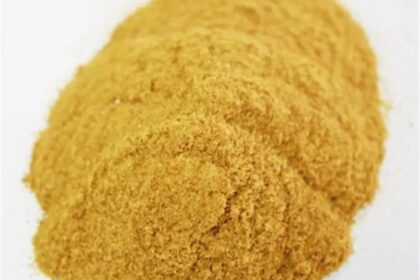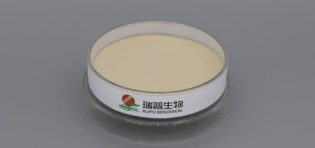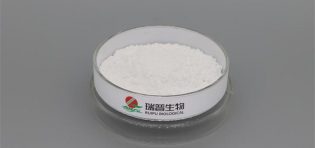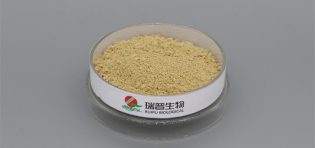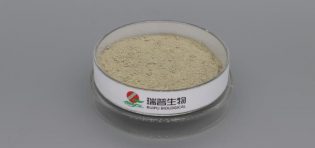
Stabilizing the properties of calcium citrate malate (CCM) involves ensuring its chemical integrity, preventing degradation, and maintaining its quality over time.Here are some strategies to stabilize the properties of calcium citrate malate:
Proper Storage Conditions:
Store calcium citrate malate in a cool, dry, and well-ventilated environment to prevent exposure to moisture, which can lead to degradation.Protect it from direct sunlight, and avoid extreme temperatures.
Packaging Selection:
Choose packaging materials that provide an effective barrier against moisture and light. Packaging should be airtight to prevent oxidation and contamination.Consider using packaging that protects the product from exposure to air and humidity.
Antioxidant Additives:
Consider incorporating antioxidant additives into the formulation to protect calcium citrate malate from oxidative degradation.Antioxidants can help prevent the formation of undesired products during storage.
pH Control:
Monitor and control the pH of the product.Calcium citrate malate is sensitive to changes in pH, and maintaining a stable pH can help prevent degradation and maintain the desired properties.
Avoid Contaminants:
Ensure that the production process and packaging are free from contaminants that could affect the stability of calcium citrate malate.Implement good manufacturing practices (GMP) to minimize the risk of contamination.
Quality Raw Materials:
Use high-quality raw materials, including citric acid and calcium sources, to ensure the production of stable and consistent calcium citrate malate.The quality of raw materials directly impacts the stability of the final product.
Testing and Quality Control:
Implement rigorous testing and quality control procedures during and after the manufacturing process.Regularly test samples for purity, potency, and the absence of contaminants to ensure that the product meets specifications.
Batch-to-Batch Consistency:
Establish protocols for batch-to-batch consistency.Consistency in the production process helps ensure that each batch of calcium citrate malate has similar properties, making it easier to predict and control stability.
Research and Development:
Invest in research and development to explore and implement new technologies or additives that can enhance the stability of calcium citrate malate.Stay informed about advancements in stabilizing agents and technologies.
Regulatory Compliance:
Adhere to regulatory standards and guidelines for the production, storage, and labeling of calcium citrate malate.Compliance with regulations helps ensure that the product is safe, effective, and of high quality.
Shelf Life Studies:
Conduct shelf life studies to determine the stability of calcium citrate malate over time.This involves storing samples under various conditions and regularly testing them to assess changes in properties.
Documentation and Traceability:
Maintain detailed documentation of the production process and raw material sources.Establish traceability systems to identify and address any issues related to stability.
By implementing these strategies, manufacturers can enhance the stability of calcium citrate malate and ensure that it maintains its properties throughout its intended shelf life.Regular monitoring and quality assurance practices are key to sustaining stability and meeting customer expectations.

